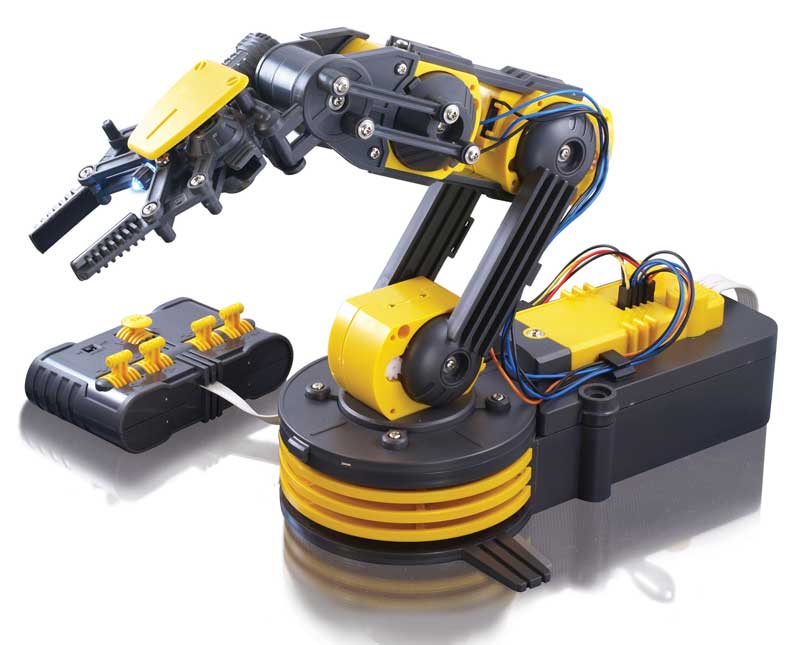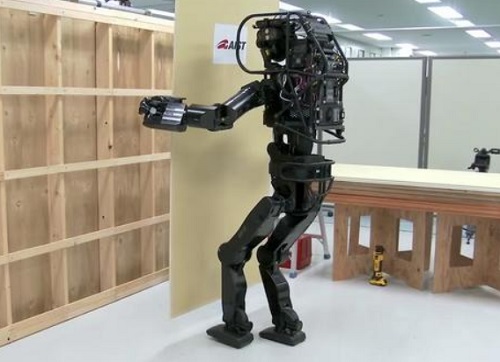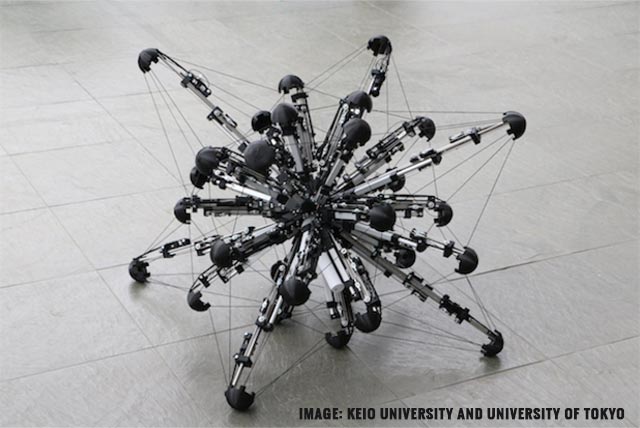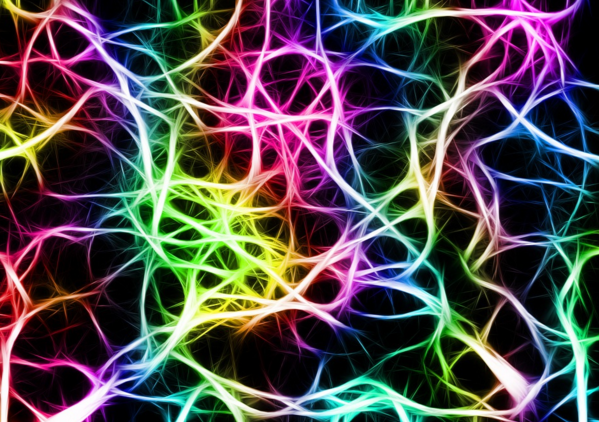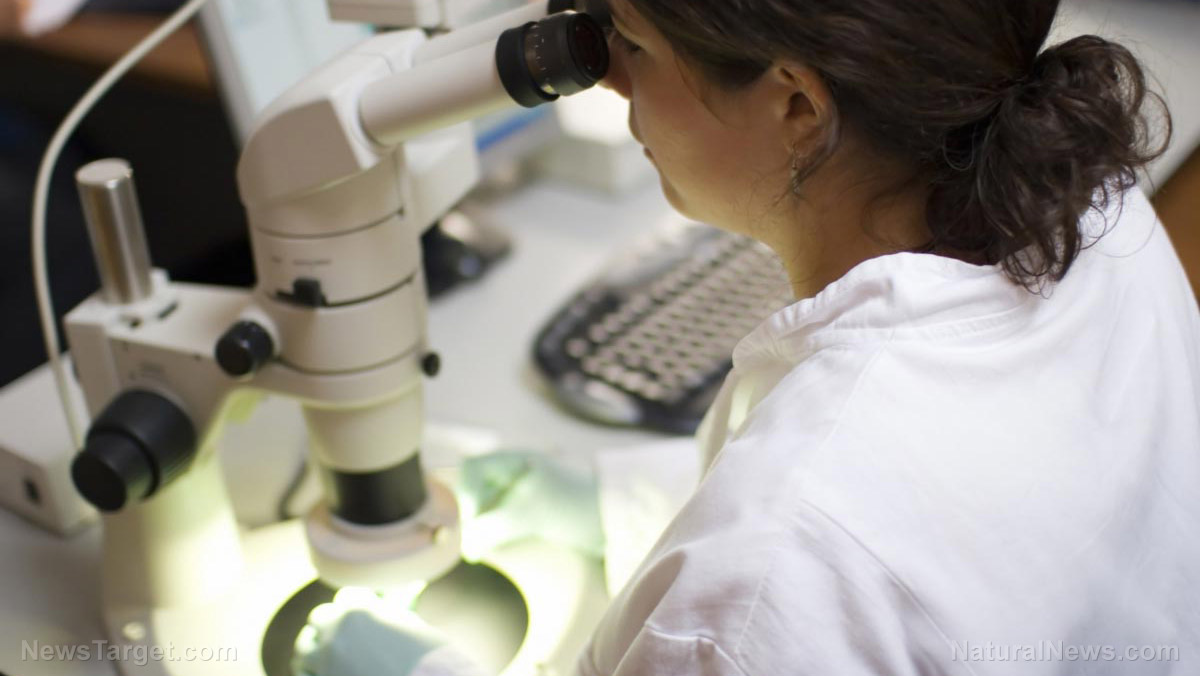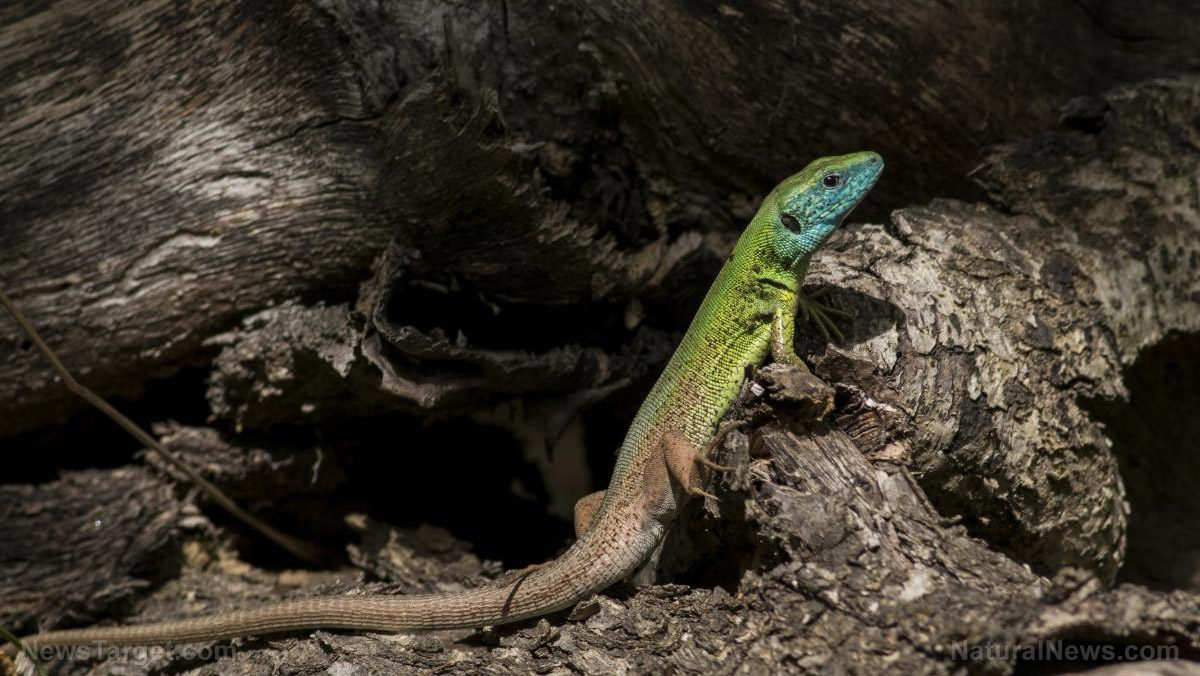Chinese officials recently announced plans to build an artificial moon, which will be 8x brighter than our natural satellite
01/17/2019 / By Rhonda Johansson

Chinese officials recently announced their plans to build an artificial moon that will hang over the city of Chengdu by 2020. Wittingly called “artificial moon,” the satellite is designed to complement our natural moon. Wu Chunfeng, chairman of Chengdu Aerospace Science and Technology Microelectronics System Research Institute Co., Ltd., the primary contractor for the Chinese space program, said that since “artificial moon” will be eight times as bright as the real moon, it will be “bright enough to replace street lights.”
In an article published in the Chinese news site People’s Daily Online, Wu mentioned that while the testing of “artificial moon” began years ago, it has only been recently that the technology was sophisticated enough to see actual results. “Artificial moon” is said to be capable of illuminating an area of up to 50 miles and save the government a vast amount of money by doing away with the need for streetlights.
The human-made moon will only light up the capital city of the Sichuan province, but will be visible across China, and even overseas.
Not much else is known about the satellite.
The opposite of Tatooine, but a glimpse of the destruction it could cause
Fans of the Star Wars saga all know of the two-sun system that influenced the atmosphere of Tatooine, the planet where Luke Skywalker lived. While “artificial moon” will not burn and destroy the environment, its very existence could cause unintended harm to wildlife.
Biologists say that this new, artificial moon could disrupt the nighttime habits of nocturnal animals. Research has shown that many animals are highly sensitive to the light and phases of the moon. Nocturnal eagle-owls, for example, communicate with each other by displaying their white throat feathers — an activity that increases during the full moon, when the moonlight is brightest.
Coral species, as well, are sensitive to the level of moonlight they are exposed to. In Australia’s Great Barrier Reef, several coral species release their eggs and sperms in an annual mass spawning event linked to moonlight.
A giant ball of powerful light eight times brighter than our natural moon could potentially harm these processes. (Related: Long-Term Artificial Light Exposure Disrupts Circadian Rhythms and Can Be Detrimental To Our Health, New Study Finds.)
That said, Kang Weimin, the director of the Institute of Optics of the Harbin Institute of Technology in China, said that the light would only emit a “dusk-like glow.”
The future is so bright! Animals will die under the scorching power of our might
Life relies on Earth’s predictable rhythm of day and night. The DNA of all plants and animals is made to respond to these natural rhythms. These internal clocks, as it were, are radically disrupted by lighting up the night sky.
Scientific evidence confirms that artificial light at night has negative, and sometimes even deadly, effects on many creatures including birds, mammals, amphibians, and plants.
It is only recently that scientists are becoming aware of the dramatic consequences artificial light has had on nocturnal ecology. Predators that use light to hunt, and prey species that use darkness as cover, have all changed in behavior to accommodate this new reality where light is no longer part of a cycle, but an everyday occurrence.
Ecologists have warned that artificial light is causing migratory birds to wander off course and toward the dangerous landscapes of cities. It is estimated that more than a million birds die each year by colliding needlessly into illuminated buildings and towers.
Read more articles about the dangers of artificial light at Ecology.news.
Sources include:
Tagged Under: artificial light, artificial moon, artificial satellite, badtechnology, China, Ecology, future tech, Moon








